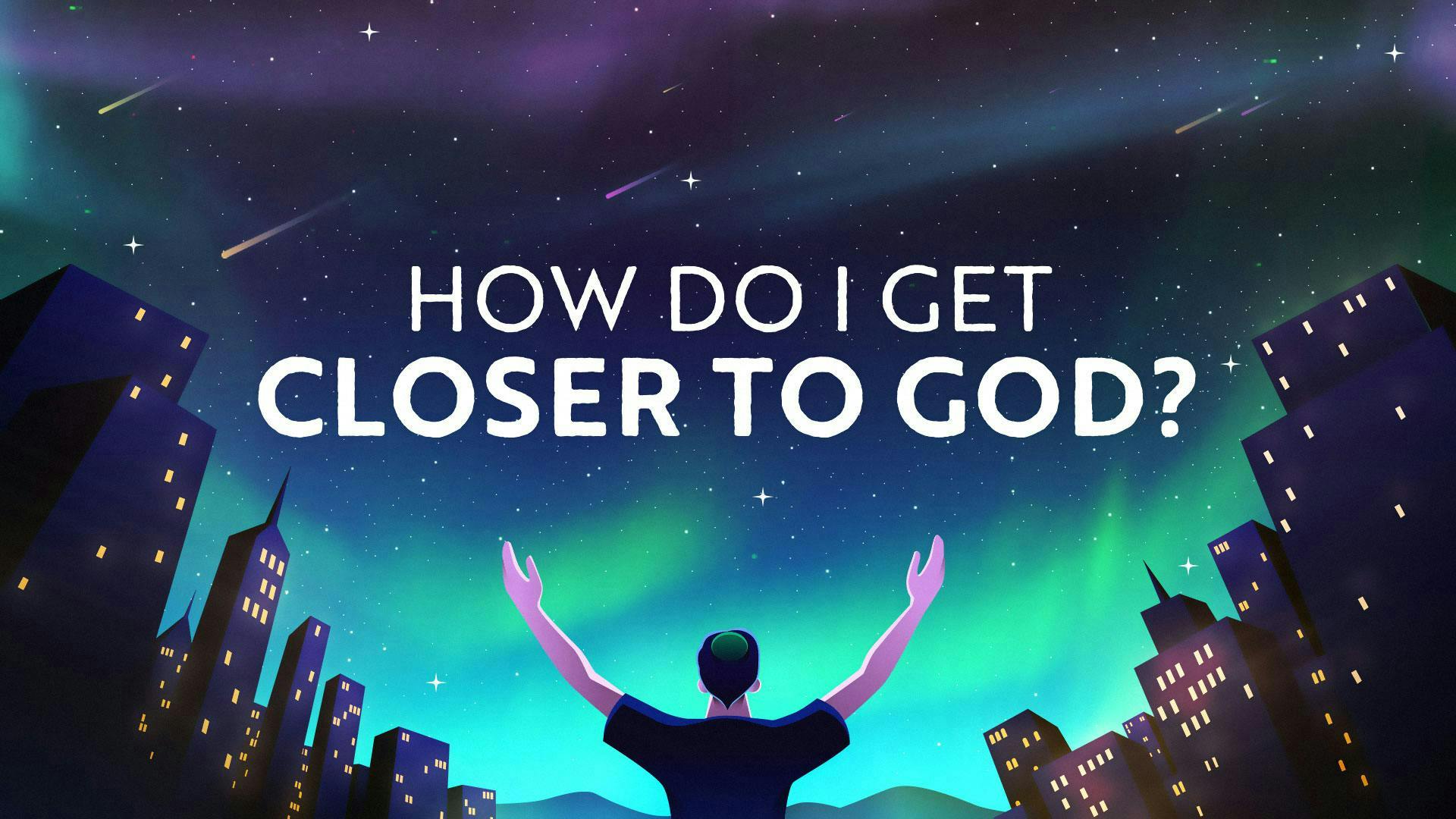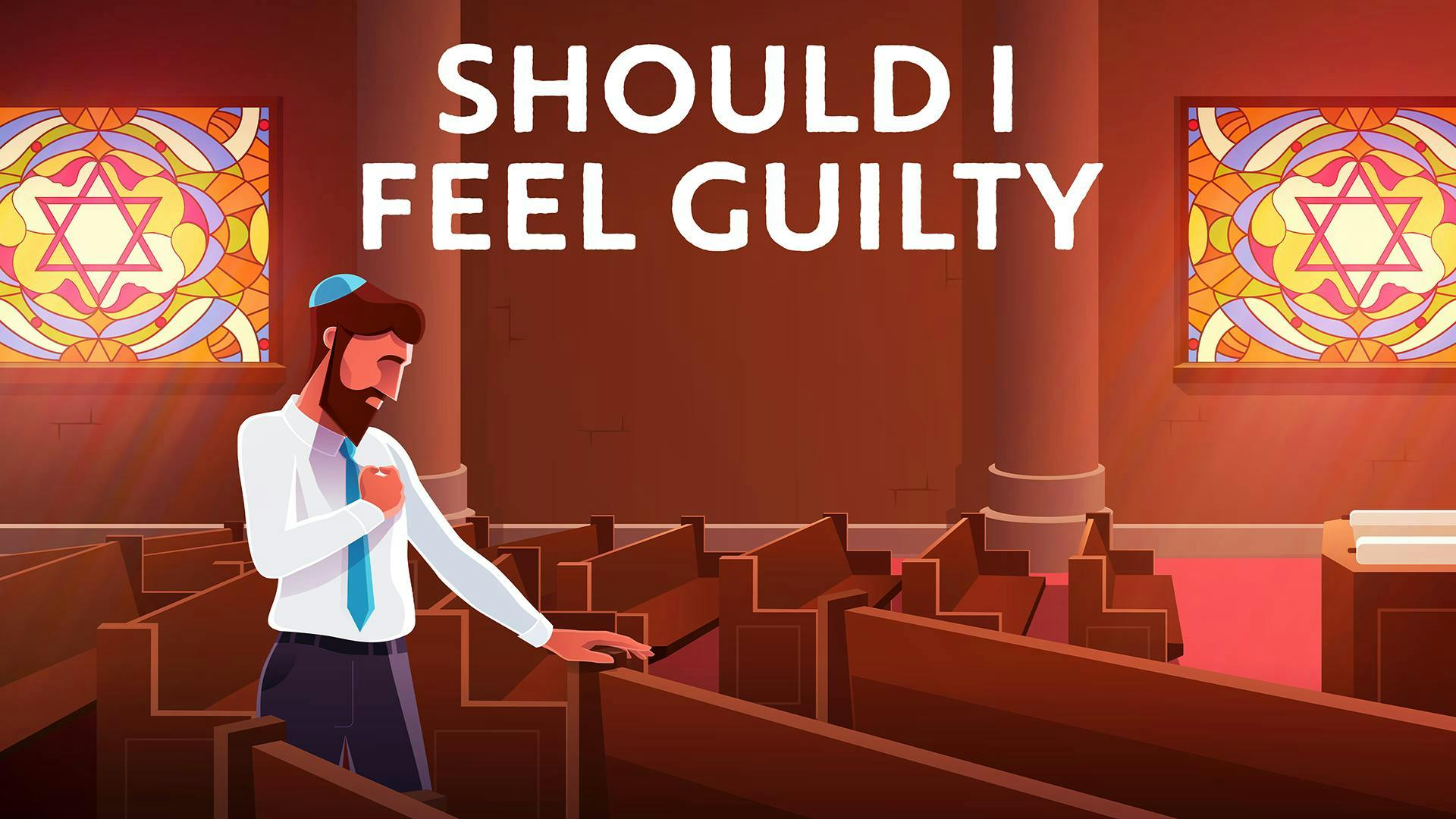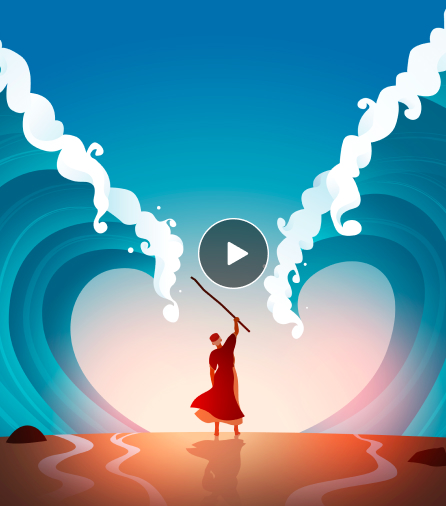Ma Nishtana - The Four Questions of Passover
The Meaning of the Passover Four Questions & Answers
By Sarah Rashba | 3 March 2025 | 5 Minute Read
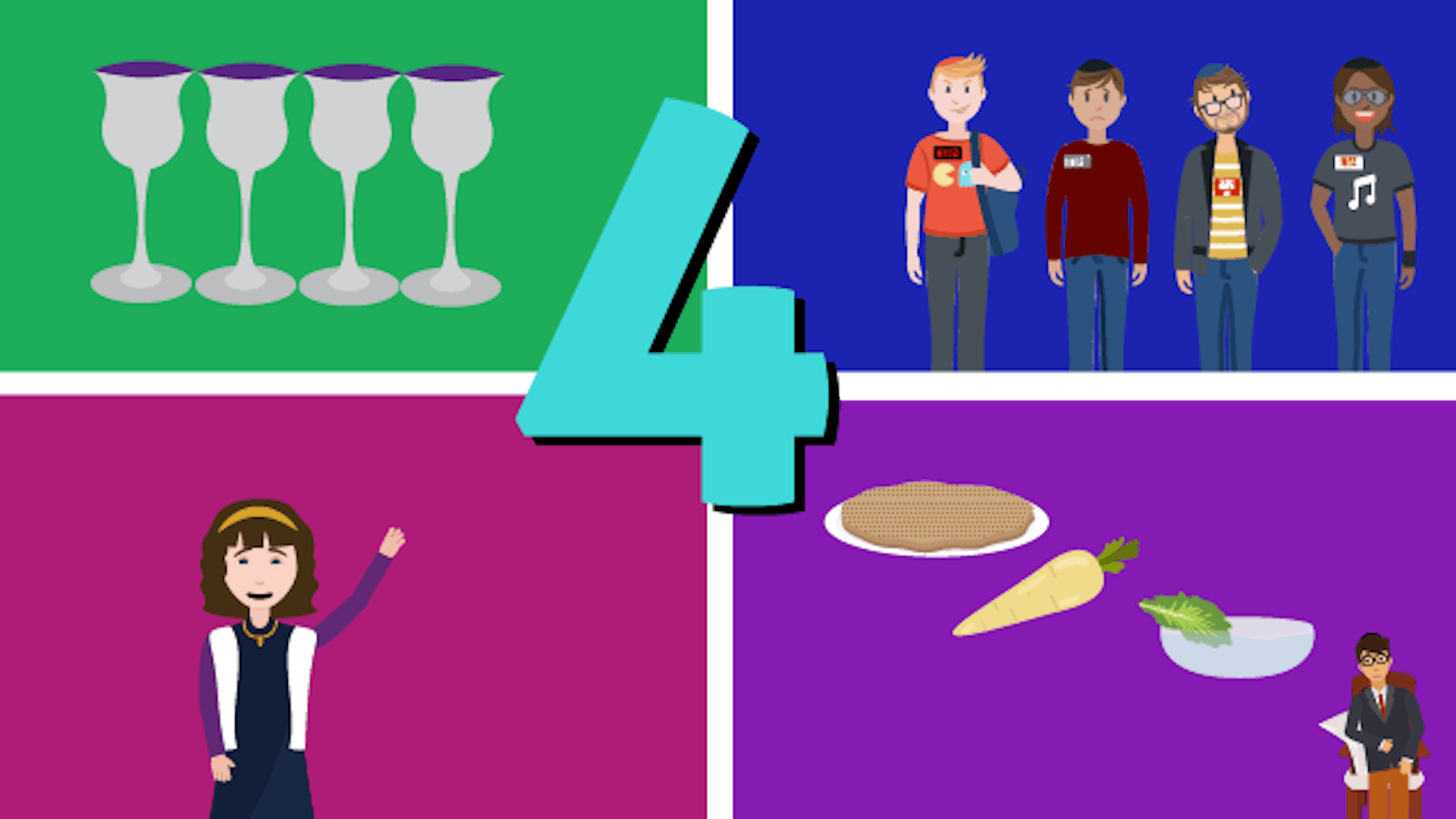
Ma Nishtana
The Passover Seder is full of unique and memorable rituals and traditions. The heart of the Seder, however, is the Maggid section. Maggid is a compilation comprised of various biblical and rabbinical texts which recount and expound upon the Exodus from Egypt, the meaning of Passover, the value of freedom, the gift of Divine providence and the importance of Jewish tradition. Rabbi Fohrman takes you step-by-step through Maggid so you don't miss the best parts.
Ma Nishtana, otherwise known as the Four Questions, is the second paragraph of Maggid. It opens with the title question: “Ma nishtanah, ha-laylah ha-zeh, mi-kol ha-leylot?” “Why is this night different from all others?”
This is followed by an additional four questions that spotlight specific rituals we perform on Passover, which ask why we undertake each of these unusual behaviors on this night. The four rituals mentioned are eating matzah, eating bitter herbs, dipping our food twice, and reclining.
According to Ashkenazi tradition, the Four Questions are sung or recited by the youngest child present. In some communities, the leader of the Seder repeats Ma Nishtana as well. The Haggadah’s text is in Hebrew, but it may be read at the Seder in any language, and the Four Questions are often sung in Hebrew, English or Yiddish. The Sephardi tradition is for everyone at the seder to recite the Four Questions together.
Prepare further for the Seder with our thought-provoking videos that dive into the deeper meaning of Passover and the Haggadah. If you're new to the holiday, this Pesach 101 guide covers all the basics, or you can print a copy of our Passover Seder guide for free.
Ma Nishtana: Dvar Torah: The Passover Questions & The Youngest Child
On Passover, we commemorate the Exodus from Egypt. More than just remembering a story from the past, we reaffirm our unbroken tradition, linked generation by generation. The passing down of the story of the Exodus from parent to child represents the forging of these links. In fact, we are specifically commanded to tell the story of the Exodus to our children, not just to recount it for ourselves.
Our Sages were aware that children don’t always have the longest attention spans, and the best way to grab children’s attention is to awaken their natural curiosity. The Seder, therefore, is designed to provoke questions in the young (and old).
What better way to promote the asking of questions than to open Maggid with a series of four questions that point out some of the stranger and more bewildering Passover rituals? If the kids weren’t curious beforehand, Ma Nishtana is sure to engage them by, literally, putting the questions in their mouths.
The Seder’s focus on questioning is also meant to help us celebrate our transition from slavery to freedom. What marks the difference between a slave and a free person more sharply than the freedom to ask questions?
Young children may not be able to fully comprehend the historical facts and intellectual issues that we explore on Passover, but when we give them the floor to voice questions, we allow them to personally experience the thrills and responsibilities of freedom. No wonder asking the Four Questions on Passover is often a lasting and powerful childhood memory.
What Are the Four Questions of Passover?
The Passover Haggadah, the text read at the Passover Seder, was compiled over many years from a variety of traditional sources and passed down from ancient times to today. It is no surprise, therefore, that different communities have slightly different versions of the Ma Nishtana. In fact, it is amazing that the tradition is as uniform as it is.
According to the Ashkenazi tradition, the order of the Four Questions is as followed:
- Question 1: Why on all other nights do we eat either leavened bread or matzah, but on this night only matzah?
- Question 2: Why on all other nights do we eat different types of vegetables, but on this night only bitter herbs?
- Question 3: Why on all other nights do we not dip our food once, but on this night we dip it twice?
- Question 4: Why on all nights do we eat either sitting upright or reclining, but on this night we recline?
The traditional Sephardi and Yeminite versions of Ma Nishtana includes the same four questions, but in a different order. In this tradition, “why we dip twice” jumps to the top of the list, making “why we eat matzah” second and “why we eat bitter herbs” third. “Why we recline” remains the final of Passover’s Four Questions.
Ma Nishtana Explanation: Origin Of The Four Questions
An early version of Ma Nishtana can be found in the Mishnah Pesachim, 10:4. The Mishnah there relates that after the second cup of wine is poured at the Seder, a son should question his father. The Mishnah adds that if the son has “insufficient understanding” to come up with his own questions, his father can supply the questions for him, i.e. give the son Ma Nishtana to recite. The Mishnah then quotes Ma Nishtana, but this version is slightly different from the modern one. Most significantly, the question about reclining is missing.
Instead, we find the following question: Why on all other nights do we eat meat roasted, stewed or boiled, but on this night only roasted? This question is referring to the sacrificial lamb which was offered on Passover and eaten at the Seder. Obviously, this was only possible when the Beit Hamikdash, the Temple, was still standing. Since the point of asking the Four Questions on Passover is to generate genuine curiosity, commentaries on the Mishnah explain that, after the destruction of the Temple, it no longer made sense to have children ask about a practice that was not actually happening in front of them. Hence, it became the tradition to omit the question about roasted meat from Ma Nishtana.
We can still ask, why not just take out that one question and leave it at three? Why add in the question about reclining? The simple answer is consistency. Things tend to come in fours on Passover: four questions, four sons, four glasses of wine.
Many commentators connect this pattern of fours with the four expressions of redemption God uses in Exodus, 6:6-7, when He promises to free the Jewish people from slavery:
- I will take you out…
- I will save you…
- I will redeem you…
- I will take you as a nation…
In addition, our Sages explain that four is associated with completion and wholeness. Think, for example, about the expression “the four corners of the earth.” When we spread out in four directions we cover the whole expanse of the world.
On Passover, the Four Questions prompt us to recognize what we don’t know, and what we need to question. But, the fact that there are four questions, and not just three, still structurally hints to our hope and faith on Passover of complete and total redemption.
The Answers To The Four Questions?
Ma Nishtana directs our attention to four unusual rituals we perform on Passover. What is the meaning behind each of these acts?
The Meaning Behind Matza
Let’s begin with matza. For the full duration of Passover, Jews are commanded to refrain from eating any leavened bread and may eat only matza, unleavened bread. This commemorates how the Jews were in such a hurry to leave Egypt they could not wait for their bread to rise. They made matza instead, and we do the same today.
Matza also has symbolic significance. Flat and deflated in appearance – especially next to a fluffy loaf of leavened bread – matza represents the humility of poverty and slavery, and is appropriately called the “bread of affliction.”
Bitter Herbs, Bitter Life
The eating of bitter herbs is likewise symbolic. It represent the bitter difficulties of life as a slave in Egypt.
Rabbi Fohrman argues an interesting point about slavery in this video course: Why God did allow slavery in the first place?
The Freedom of Dipping Food
Dipping our food represents the exact opposite idea. At the Seder, we dip a vegetable into salt water and bitter herbs into charoseth. Many answers are given to explain the specific symbolic importance of each item dipped, and the two dips themselves. However, the very practice of dipping at all, and especially twice, is meant to reflect freedom. Dipping food was a luxury reserved only for the aristocracy and upper class in ancient times.
Reclining, A Luxurious Act
Reclining while dining was also a luxurious behavior historically, and its inclusion at the Seder further helps us embody and actualize a robust sense of freedom throughout the night.
The Meaning of Ma Nishtana
There is no shortage at the Passover seder of confusing, bewildering or thought provoking rituals. Why does eating matza and bitter herbs, the number of times we dip our food and the way we sit deserve the honor of being included in Ma Nishtana?
You may have noticed, two out of four questions in Ma Nishtana bring our attention to the suffering of slavery, while two out of four questions bring our attention to the freedom and privilege of redemption.
Passover is equally about slavery and about freedom, so Ma Nishtana purposefully includes questions that provoke us to think about both. Ultimately, this adds up to reinforcing that first, original question itself: Ma Nishtana? Why is this night different? What’s the Seder as a whole really about? Why is Passover so special?
The answer to this larger question is the one the Haggadah actually gives. Ma Nishtana is followed by the passage Avadim Hayinu:
"“We were slaves to Pharoah in Egypt, and the Lord, our God, took us out from there with a strong hand and with an outstretched arm…”"
In other words, all these rituals, strange as they may seem, add up to one thing: remembering the Exodus from Egypt and re-experiencing our transition from slavery to freedom, some of the most well-known themes of Passover.
Rabbi Fohrman takes this explanation further to argue that there's an even deeper meaning behind Passover: Becoming God's chosen people.
Ma Nishtana & The Four Questions in: Hebrew, Transliteration & English
מַה נִּשְּׁתַּנָה הַלַּיְלָה הַזֶּה מִכָּל הַלֵּילוֹת שֶׁבְּכָל הַלֵּילוֹת אָנוּ אוֹכְלִין חָמֵץ וּמַצָּה,
-הַלַּיְלָה הַזֶּה כּוּלוֹ מַצָּה. שֶׁבְּכָל הַלֵּילוֹת אָנוּ אוֹכְלִין שְׁאָר יְרָקוֹת,
- הַלַּיְלָה הַזֶּה מָרוֹר. שֶׁבְּכָל הַלֵּילוֹת אֵין אֶנוּ מַטְבִּילִין אֲפִילוּ פַּעַם אֶחָת,
- הַלַּיְלָה הַזֶּה שְׁתֵּי פְעָמִים. שֶׁבְּכָל הַלֵּילוֹת אָנוּ אוֹכְלִין בֵּין יוֹשְׁבִין וּבֵין מְסֻבִּין,
- הַלַּיְלָה הַזֶּה כֻּלָנו מְסֻבִּין
What makes this night different from all [other] nights?
Shebb'khol hallelot anu okh'lin ḥamets umatsa, vehallayla hazze kullo matsa.
On all nights we eat chametz or matzah, and on this night only matzah?
Shebb'khol hallelot anu okh'lin sh'ar y'rakot, vehallayla hazze maror.
On all nights we eat any kind of vegetables, and on this night bitter herbs?
Shebb'khol hallelot en anu matbillin afillu pa'am eḥat, vehallayla hazze sh'tei fe’amim.
On all nights we need not dip even once, on this night we do so twice?
Shebb'khol hallelot anu okh'lin ben yosh'vin uven m'subbin, vehallayla hazze kullanu m’subbin.
On all nights we eat sitting upright or reclining, and on this night we all recline?
Asking the Next Questions About Passover
Even with a basic understanding of Passover, some difficult questions arise. Doesn’t the name “Passover” seem strange, when it refers to only one out of ten plagues? If we're celebrating the Exodus, why not just call it Freedom Day, or Independence Day? And why was the Exodus so complicated? Couldn’t God have teleported the Israelites out of Egypt and spared everyone the traumatic process? Why were there 10 plagues? And after everything God did, why, exactly, did He harden Pharaoh’s heart? Doesn't that seem counteractive?
When you're ready to dive deeper into Pesach, Rabbi Fohrman reveals a side of the Exodus story that illuminates not just our past, but also our destiny. This book will uncover secrets that lay hidden in this ancient and sacred saga; it tells the tale of the Exodus you thought you knew. Start reading Chapter 1 free.
Passover Videos
Looking for more?
We have hours of delightful videos and podcasts to enhance your Yamim Noraim experience.
Passover Learning & Printable Guides
How To Read The Pesach Haggadah
Printable Guide
Reading the Haggadah is one of many rituals of the Pesach Seder – but it can be difficult to read. Sometimes we mumble our way through it, without real comprehension. This Haggadah outlines guides you through the important messages in Maggid.
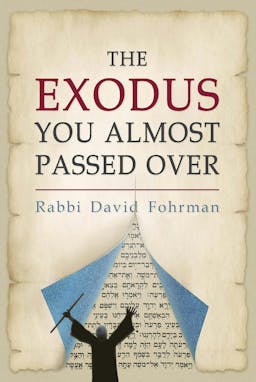
The Exodus You Almost Passed Over: Chapter 1
Printable Guide
Is there more to the Exodus story than we think we know? Rabbi Fohrman's book reveals a side of the ancient Exodus saga that illuminates not just our past, but our future, and tells not only of our freedom, but of our destiny. Take a peek at Chapter 1 for free.
What is Aleph Beta?
Aleph Beta is a unique kind of Torah library. Led by our founder, Rabbi David Fohrman, we are dedicated to high-level, textual Torah learning for adults that is intellectually and spiritually sophisticated, that enlivens your Jewish practice and helps you forge a deeper connection to God. Whether you’ve been learning in yeshiva for years or you’re just beginning your Torah journey, you’re sure to find something meaningful and surprising waiting for you here.
Browse our library of over 1,000 beautifully produced animated videos, podcasts, deep dive courses, and printable guides. Topics include the weekly parsha, Jewish holidays & fast days, laws & mitzvot, prayers, relationships, big philosophical ideas and more. Have something to say at the Shabbos table that will amaze your family and guests and bring deep meaning into their lives.


